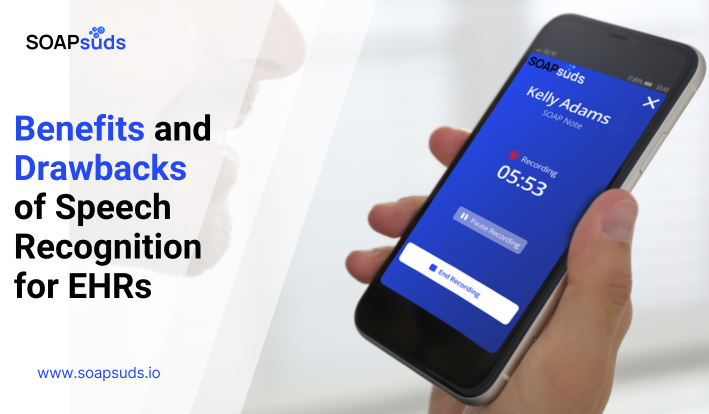Addressing the Healthcare Challenges in United States in AI Era
SOAPsuds team
Published: 3/11/2025
SOAPsuds team
Published: 3/11/2025

In recent years, speech recognition technology has made significant improvements in terms of performance,

The beginnings of medical transcription can be traced to ancient cultures such as Mesopotamia, Egypt...

In the modern world, technology plays an important role in helping people stay connected, especially

Managing a private therapy practice includes more than seeing clients. It also means getting ready...

AI Medical Scribes, like SOAPsuds, are changing how healthcare providers handle patient data by accurately...

Electronic Health Records (EHRs) have become an important innovation in updating healthcare, providing
Clinical Notes
SOAP notes
DAP notes
AI medical notes